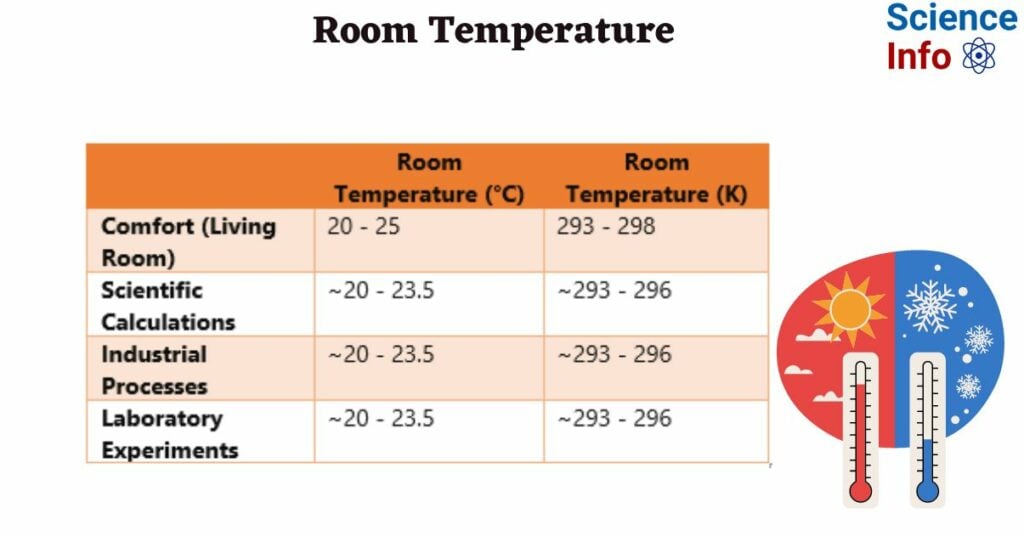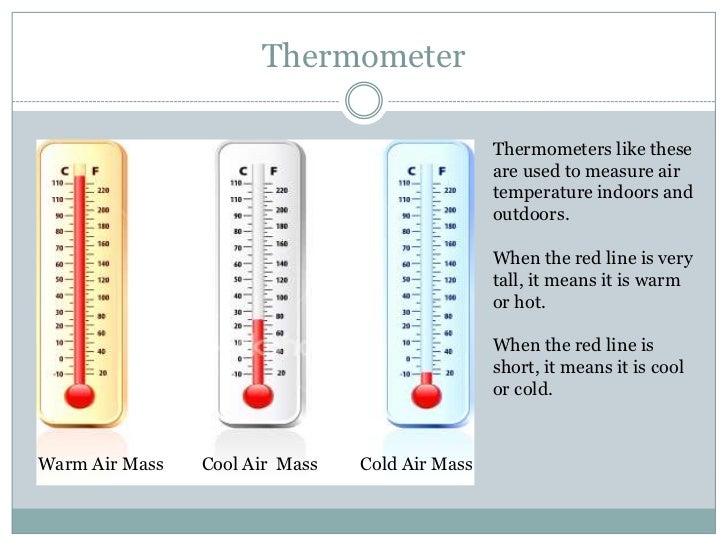How To Tell The Temperature In A Room

Determining the temperature of a room is a common task, yet understanding the various methods and factors involved can be surprisingly insightful. This guide explores the various ways to accurately and effectively gauge room temperature, ranging from basic observation to sophisticated technology.
Simple Observation: Using Your Senses
The most basic way to get a sense of the temperature is to simply use your own body. Our skin is a surprisingly sensitive organ, capable of detecting subtle temperature variations.
However, relying solely on your senses is inherently subjective. Your personal perception of temperature can be affected by several factors:
- Acclimatization: If you've been in a hot environment for a while, a room that's moderately warm might feel cool. Conversely, if you've been in a cold room, a moderately warm room might feel hot.
- Clothing: The amount and type of clothing you are wearing will significantly impact how warm or cold you feel.
- Activity Level: Physical activity generates heat, making you feel warmer than someone at rest.
- Individual Metabolism: Some people naturally run hotter or colder than others.
Despite these limitations, paying attention to your body's signals is a good starting point. If you feel comfortable in a short-sleeved shirt, the room is likely at a pleasant temperature. If you feel the need for a sweater, it's likely on the cooler side.
Using Thermometers: Accurate Measurement
For a more precise and objective assessment, using a thermometer is crucial. Several types of thermometers are readily available, each with its own advantages and disadvantages.
Liquid-in-Glass Thermometers
These are the traditional thermometers you probably remember seeing. They consist of a glass tube filled with a liquid, typically mercury or alcohol. As the temperature rises, the liquid expands and rises up the tube, indicating the temperature on a calibrated scale.
Pros:
- Simple to use
- Relatively inexpensive
- No batteries required
Cons:
- Can be fragile
- Mercury thermometers can be hazardous if broken
- Can be difficult to read accurately due to the small scale
- Slower response time compared to digital thermometers
Digital Thermometers
Digital thermometers use electronic sensors to measure temperature and display the reading on a digital screen. They are generally more accurate and easier to read than liquid-in-glass thermometers.
Pros:
- Easy to read digital display
- More accurate than liquid-in-glass thermometers
- Faster response time
- Often include additional features like memory and high/low temperature alerts
Cons:
- Require batteries
- Can be more expensive than liquid-in-glass thermometers
- May be susceptible to electronic interference
Infrared Thermometers (Non-Contact)
Infrared thermometers measure temperature by detecting the infrared radiation emitted by an object. They don't need to physically touch the object, making them ideal for measuring the temperature of moving objects or objects that are difficult to reach.
Pros:
- Non-contact measurement
- Fast response time
- Can measure the temperature of moving or inaccessible objects
Cons:
- Accuracy can be affected by surface emissivity (how well an object emits infrared radiation)
- More expensive than other types of thermometers
- May require careful aiming for accurate readings
Smart Thermostats
Smart thermostats are becoming increasingly popular for home temperature control. These devices not only display the current room temperature but also allow you to remotely adjust the temperature settings and monitor energy consumption.
Pros:
- Convenient remote control
- Energy-saving features (e.g., programmable schedules, geofencing)
- Data logging and reporting
- Integration with other smart home devices
Cons:
- More expensive than traditional thermostats
- Requires a Wi-Fi connection
- May require professional installation
Factors Affecting Room Temperature
It's important to understand that a room's temperature is not always uniform. Several factors can cause temperature variations within a single room.
- Sunlight: Direct sunlight can significantly warm up a portion of a room, especially near windows.
- Airflow: Drafts from windows, doors, or vents can create colder or warmer spots.
- Insulation: Poor insulation can lead to significant heat loss in winter and heat gain in summer.
- Proximity to Heat Sources: Appliances like ovens, stoves, and computers can generate heat, affecting the surrounding area.
- Height: Warm air rises, so the temperature near the ceiling is often higher than near the floor.
- Number of People: A crowded room will generally be warmer due to body heat.
To get a representative reading, it's best to place your thermometer in a central location, away from direct sunlight, drafts, and heat sources.
Interpreting Temperature Readings: What's Comfortable?
The ideal room temperature is subjective and depends on personal preferences, activity level, and clothing. However, some general guidelines exist.
- For General Living Areas: A comfortable range is typically between 68°F (20°C) and 75°F (24°C).
- For Sleeping: A slightly cooler temperature, around 60°F (16°C) to 67°F (19°C), is often recommended for better sleep.
- For Work: Many find 70-73°F (21-23°C) ideal for concentration.
It's important to note that these are just guidelines. Experiment to find the temperature that feels most comfortable for you.
Troubleshooting Temperature Issues
If your room temperature is consistently too hot or too cold, consider the following troubleshooting steps:
- Check Your HVAC System: Ensure your heating and cooling systems are functioning properly. Regular maintenance is crucial. Think of refrigerant as the "blood" of your AC system, carrying heat from inside to outside. If it's low, your AC won't cool effectively.
- Inspect Insulation: Poor insulation can lead to significant heat loss or gain. Check for gaps or drafts around windows and doors.
- Seal Windows and Doors: Use weather stripping or caulk to seal any gaps around windows and doors.
- Use Curtains or Blinds: Close curtains or blinds during the hottest part of the day to block sunlight.
- Consider a Dehumidifier: High humidity can make a room feel warmer than it actually is. A dehumidifier can help remove excess moisture from the air.
- Utilize Fans: Ceiling fans or portable fans can help circulate air and even out the temperature in a room.
Advanced Techniques: Thermal Imaging
For more advanced analysis of temperature distribution, thermal imaging cameras can be used. These cameras detect infrared radiation and create an image that shows the temperature of different surfaces. This can be helpful for identifying areas of heat loss or gain, detecting insulation problems, or diagnosing HVAC system issues.
While thermal imaging cameras are typically more expensive than other temperature measurement tools, they can provide valuable insights for energy efficiency and building diagnostics. These are often used by professional home inspectors and energy auditors.
Conclusion
Accurately determining room temperature involves a combination of observation, measurement, and understanding the factors that influence temperature variations. By using the methods described in this guide, you can effectively assess room temperature and take steps to create a comfortable and energy-efficient environment. Whether you're simply using your senses or employing advanced thermal imaging, knowing how to tell the temperature in a room is a valuable skill for maintaining a healthy and comfortable living space.



:max_bytes(150000):strip_icc()/GettyImages-163842038-56d0d5173df78cfb37b8f4f4.jpg)






